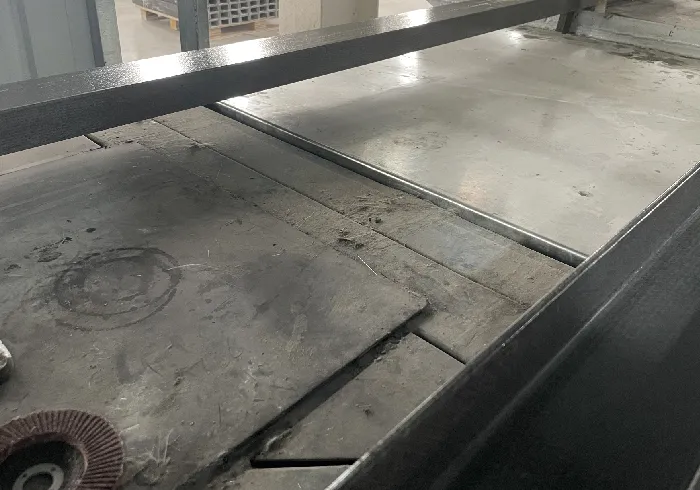loading...
- No. 9, Xingyuan South Street, Dongwaihuan Road, Zaoqiang County, Hengshui, Hebei, China
- admin@zjcomposites.com
- +86 15097380338
- Welcome to visit our website!
reverse osmosis water treatment
Reverse Osmosis Water Treatment A Comprehensive Overview
Reverse osmosis (RO) is a water purification process that removes impurities and contaminants by forcing water through a semi-permeable membrane. This technology has gained immense popularity due to its effectiveness in producing clean and safe drinking water from various sources, including tap water, seawater, and wastewater. To understand the significance and functionality of reverse osmosis water treatment, it is essential to explore its operation, benefits, and applications.
At its core, reverse osmosis operates on the principle that water naturally moves from an area of low solute concentration to one of high solute concentration through a semi-permeable membrane. However, in reverse osmosis, this natural process is inverted by applying pressure to the concentrated side of the membrane. This pressure forces the water molecules to move through the membrane while leaving contaminants behind. The result is purified water on one side and a concentrated solution of impurities on the other.
One of the most significant advantages of reverse osmosis is its ability to remove a wide range of contaminants. This includes heavy metals such as lead and mercury, salts, nitrates, fluoride, and various organic compounds. As a result, RO systems are particularly effective at addressing water quality issues, making them an excellent choice for households, industries, and even agriculture. The removal of harmful substances ensures that the water is not only safe for drinking but also for cooking and other daily uses.
Additionally, reverse osmosis enhances the taste and odor of water. Many consumers have noted a significant improvement in the palatability of their water after undergoing RO treatment. This is particularly important in areas where the water supply contains high levels of chlorine or other chemicals used in municipal systems, which can impart unpleasant tastes and odors.
reverse osmosis water treatment

In residential settings, reverse osmosis systems typically consist of several stages, including pre-filters to remove larger particles, the RO membrane itself, and post-filters to polish the water before it reaches the tap. Homeowners often find these systems convenient since they can be installed under the sink, providing instant access to purified water. Moreover, advancements in technology have made these systems more efficient, with many modern units producing less wastewater than older models.
Industrial applications of reverse osmosis are equally impressive. Various industries, such as food and beverage, pharmaceuticals, and power generation, employ RO systems for their water treatment needs. In food processing, for example, RO can be used to concentrate flavors and sugars while reducing the need for preservatives. In the pharmaceutical industry, the high purity of water produced by RO is crucial for the manufacturing of drugs and solutions.
Despite its numerous benefits, reverse osmosis does have some limitations. One of the primary challenges is the need for regular maintenance and filter replacement to ensure optimal performance. Additionally, the process can waste some water, although newer models are significantly improving water recovery rates.
In conclusion, reverse osmosis water treatment is a powerful and versatile technology that has revolutionized the way we access and utilize clean water. Its ability to remove a broad spectrum of contaminants while enhancing the taste and safety of water makes it an invaluable tool for households and industries alike. As water scarcity and quality issues continue to emerge globally, the role of reverse osmosis in water treatment will undoubtedly become even more critical in the coming years.
-
Transform Your Spaces with FRP Grating SolutionsNewsNov.04,2024
-
The Versatility and Strength of FRP RodsNewsNov.04,2024
-
The Excellence of Fiberglass Water TanksNewsNov.04,2024
-
The Benefits of FRP Grating for Your ProjectsNewsNov.04,2024
-
Elevate Your Efficiency with FRP Pressure VesselsNewsNov.04,2024
-
Welcome to the World of FRP Pressure VesselsNewsOct.12,2024
-
Unveiling the Future of Filtration: Why FRP Filter Vessels are a Game ChangerNewsOct.12,2024
